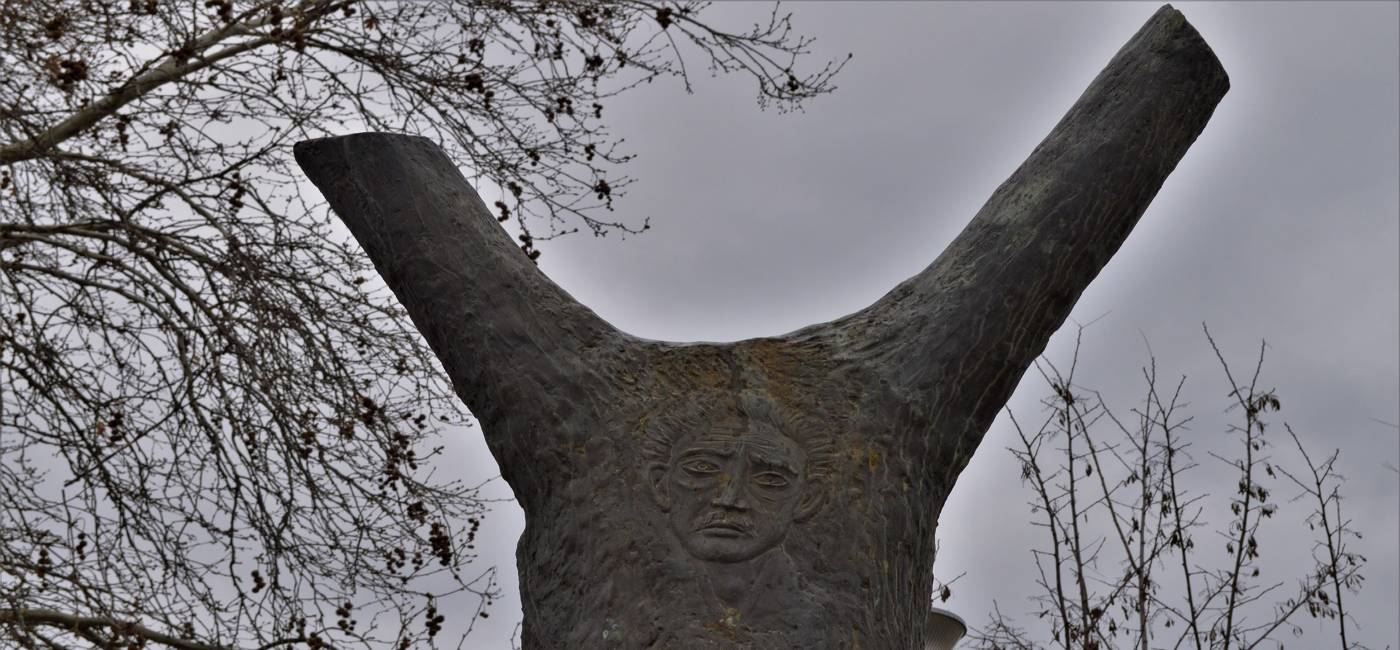Kato Lechonia
Virtually everyone in the country knows the small Pelion village with the beautiful flowers and countless nurseries. Every Sunday afternoon long lines of Athenian cars frame each side of the narrow local road as the drivers make a quick stop at the green houses on their way to Athens to stock up with flowers, young trees, and everything beautiful that grows in the bountiful village. After all, there is a reason the village is called Lechonia (having recently given birth) as the extremely fertile land of Lechonia bears fruit all year round. It is no wonder that the Byzantine ruler of the Despotate of Epirus Michael II Komnenos Doukas gave the land of Lechonia to his daughter as a wedding gift. Then, the land passed in the hands of the Catalans followed by the Ottomans. After the liberation (1881), the Greeks returned to the fields and in the 20th century the village developed on each side of the railway line of the Pelion Train. The entrance to the village is marked by the imposing Vrychonas Bridge, the first concrete railroad bridge constructed in Greece (1902) that served the Pelion Train for almost seven decades.
During the Second World War, the village suffered the loss of three women who were hanged by the Nazi as a punishment for their fierce resistance. A beautiful monument of a bronze tree with the faces of the three women stands at the village center where the atrocious event took place. A white marble fountain at the church of Agios Georgios also commemorates the same event.
Lechonia has always relied on the land for its livelihood and tourist facilities here are virtually absent. With literally very few places available for coffee and rest, the villagers at Kato Lechonia seem too busy for leisure, being rather satisfied with working in their fields and tending their flowers and fruit trees. In such idyllic and tranquil environment, relaxation is easily achieved anywhere.


